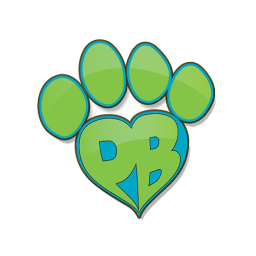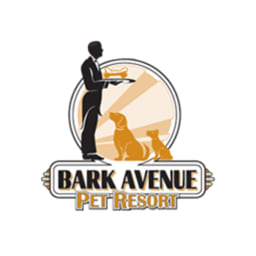
2024

Best Dog Daycares
Find a Top-Ranked Dog Daycare Near You
We did the research for you!
- Licensing
- User Reviews
- Mystery Shopping Calls
Learn about our selection process.
Top Dog Daycares
= Featured Provider
New York, NY
Rover
New York, NYExpertise.com Concierge Service
New York, NYPuppy Loft
237 West 26th street, New York City, NY 10001
Los Angeles, CA
Rover
Los Angeles, CAExpertise.com Concierge Service
Los Angeles, CAAnimal Kingdom of Santa Monica
Santa Monica, CA 90405
Chicago, IL
Rover
Chicago, ILExpertise.com Concierge Service
Chicago, ILHappy Tails & Trails
Chicago, IL 60607
Houston, TX
Rover
Houston, TXExpertise.com Concierge Service
Houston, TXPearland Barkway
Pearland, TX 77581
Phoenix, AZ
Rover
Phoenix, AZExpertise.com Concierge Service
Phoenix, AZTempe Dogs 24/7
Tempe, AZ 85282
Dallas, TX
Underdog Kennels
7129 Harry Hines Blvd, Dallas, TX 75235Rover
Dallas, TXSmart Dog Dallas
Dallas, TX 75207
San Diego, CA
Rover
San Diego, CAExpertise.com Concierge Service
San Diego, CAPrecious Petcare
San Diego, CA 92103
San Jose, CA
Rover
San Jose, CAExpertise.com Concierge Service
San Jose, CAPet Sitting to the MAX
Mountain View, CA 94040
San Francisco, CA
Rover
San Francisco, CAExpertise.com Concierge Service
San Francisco, CAThe Panting Pooch
San Francisco, CA 94121
Jacksonville, FL
Rover
Jacksonville, FLExpertise.com Concierge Service
Jacksonville, FLBark Avenue Pet Resort
Jacksonville, FL 32226















